
Members face unprecedented financial instability.
1 in 6 Americans have lost their jobs during the pandemic1
1 in 4 working Americans believe they will lose their jobs in the next 12 months2
2.9 million households don’t have adequate access to food.
Vulnerable populations like seniors may be apprehensive to go to the grocery store, while others cannot afford to stockpile extra food in order to reduce their exposure3
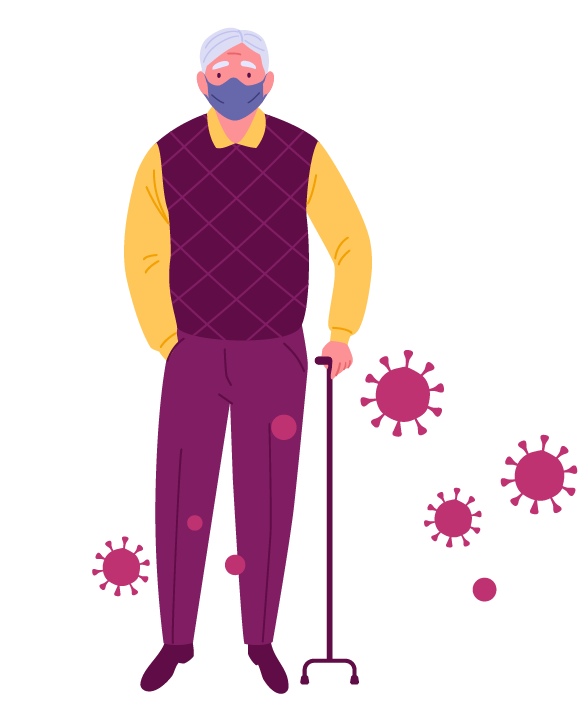
Geography is a major barrier to health support.
1 in 4 of rural residents said access to good doctors and hospitals is a major problem in their community, which could limit their access to providers to assess health status during the pandemic.4
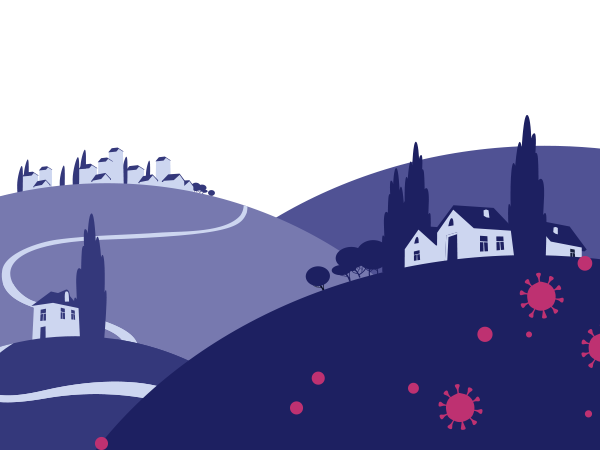
Social distancing may threaten members’ health in other ways.
Loneliness is tied to increased risk factors like these5

Heart disease and stroke
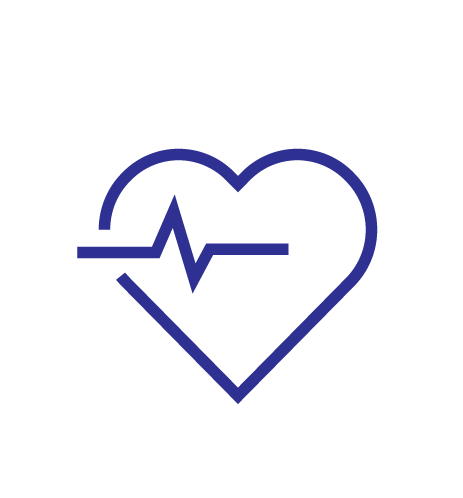
High cholesterol

Heart disease Greater likelihood of alcohol & tobacco use stroke

Reduced exercise
Health plan members need support to help them navigate these barriers.
We’ve observed significant demand based on AI-generated insights on the Wellframe platform
10x increase in member questions about telehealth services
10x increase in member messages about coronavirus-related SDoH barriers like these

Childcare

Unemployment

The stimulus package

Food stamps
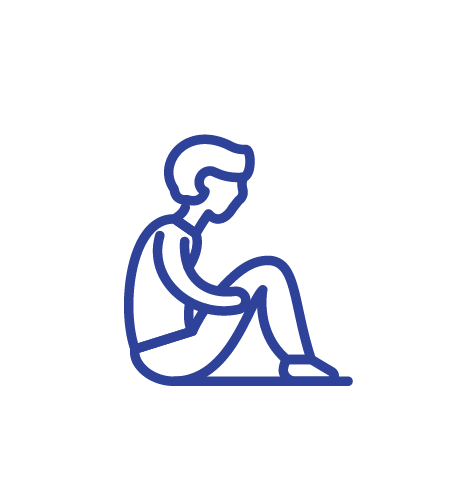
Loneliness
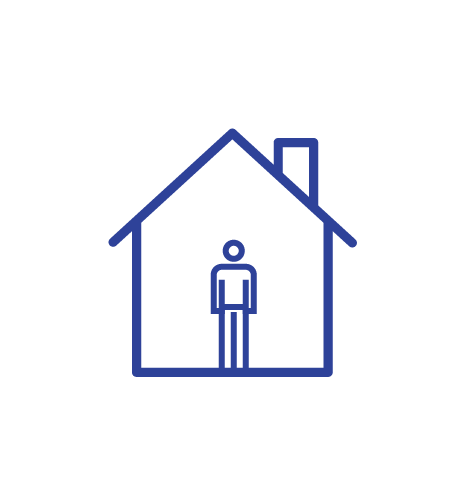
Social isolation
The coronavirus pandemic has only exacerbated critical social barriers facing vulnerable populations, who are already more likely to contract the virus. For health plans to mitigate the epidemic’s impact, and better support the whole health of their members, they must also find ways to proactively reach out to high-risk members to address pressing factors like these. Make sure your organization can uncover critical social barriers, surface them to the right member of your care team, and triage them to the right resource or benefit.

- CBS News, Jobless claims: 4.4 million filed for unemployment last week
- Gallup, Record-High 25% of US Workers Say Job Loss Is Likely
- PatientEngagementHIT, How the Coronavirus Affects Social Determinants of Health
- Pew Research, How far do urban, suburban and rural Americans live from a hospital?
- STAT, Amid coronavirus isolation, the health threat of loneliness looms
More from this series

How are high-risk populations managing their health during the coronavirus pandemic?
COVID-19 disproportionately affects people with chronic or complex conditions. Here’s how that population is navigating the crisis, from social barriers to healthcare access, according to AI-generated insights on the Wellframe platform from February 25 to April 10.

What are the mental health consequences of COVID-19?
COVID-19 disproportionately affects people with chronic or complex conditions. Here’s how that population is navigating the crisis, from social barriers to healthcare access, according to AI-generated insights on the Wellframe platform from February 25 to April 10.
